Francophile Favourites: An Interview with Writer Marilyn Brouwer
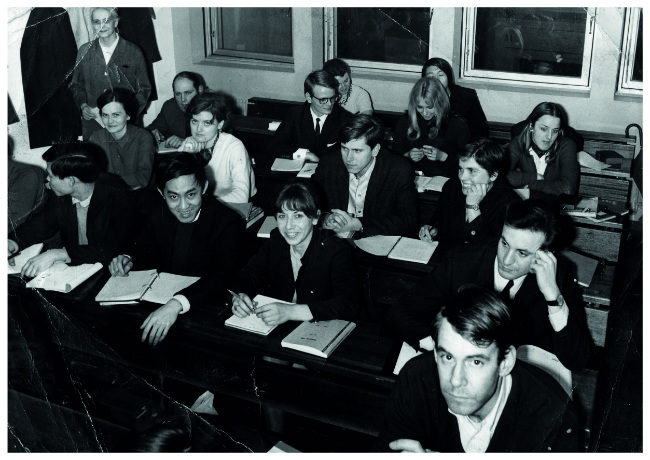
Last week, when I was in Paris, I spoke to Philippe Lobjois for the first time in 48 years. He was one of the two brothers I looked after as an au pair almost 50 years ago. He was also the cause of my unexpected and unwanted introduction to the French love of suppositories. He was three years old and had a cold. I was 20 years old and convinced that hot milk and bed were by far the most sensible, and acceptable, option. I lost the vote.
I left Paris in 1969, put my memories in a suitcase and left them there untouched, but never forgotten, for 45 years. When I finally returned, I booked a tiny studio near the Luxembourg Garden for a month. How much would Paris have changed? Would I see it with older, critical eyes? Would I ruin the memories by making the mistake of going back?
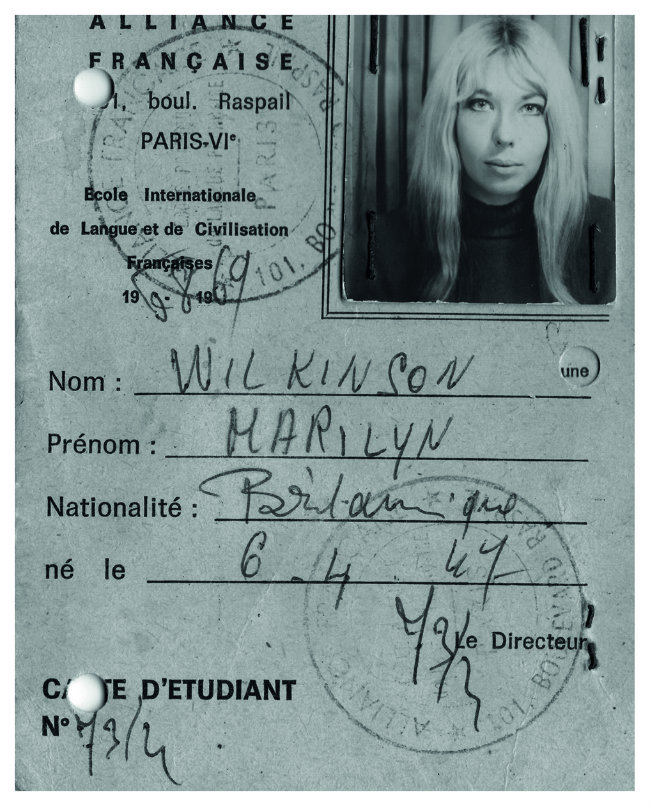
I had planned the month with military precision. Every day was accounted for: a museum, an art gallery, a specific walk, bus journeys to places I’d never been. I had even booked another course at the Alliance Française, a short walk through the Luxembourg Garden. I had studied there five nights a week from 8pm to 10pm for almost a year. My lessons this time were in the afternoon, which was just as well as the Alliance Française no longer offered evening courses. Instead of sitting in rows in old-fashioned classroom style, the lessons were much more casual – the professor a trendy young thing – and during the break we adjourned to the cafeteria, unknown in my time.
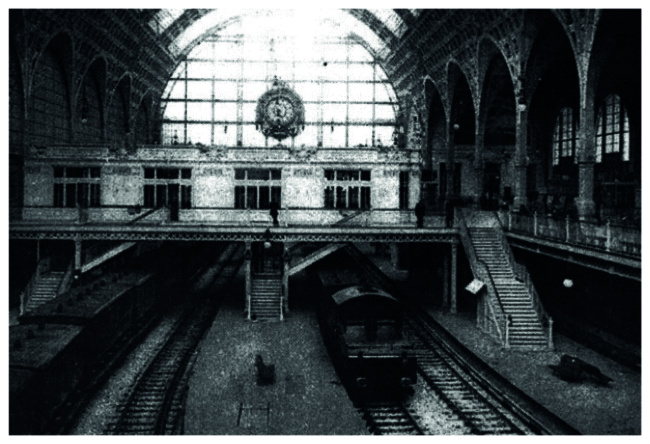
My own stomping ground had always been Saint Germain-des-Prés and it was with trepidation that I returned. Rue Dauphine looked the same, except my favourite cellar club, Le Tabou, had been replaced by the luxury Hôtel d’Aubusson. The bar Le Nesle, almost opposite, was still there, the site of many 2am cognacs during a break from Le Tabou. Le Relais Odéon, opposite Odéon metro, another late-night haunt, looked reassuringly unchanged, but it made me wonder: what had changed? What was no longer there, and what was new, since I last lived in Paris?
The wonderful, 800-year-old structure of Les Halles was demolished in 1971, to the dismay of Parisians and historians alike. In its place stood a grim modernity of underground shopping, visited by 150,000 visitors daily, but also loved by drug-takers and muggers. Revamped and re-opened last year with a huge umbrella-type roof, the Forum des Halles is certainly an improvement on the former building, but on the original Les Halles?
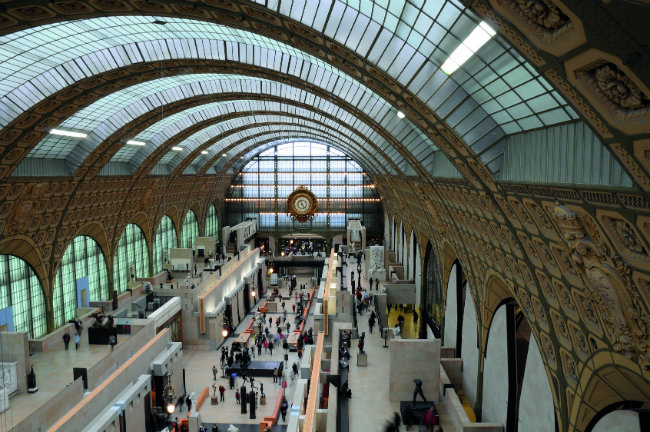
The Orsay Museum today. Photo: Fotolia
THE GARE D’ORSAY
Ironically, the demolition of Les Halles was indirectly responsible for the saving of the Gare d’Orsay. The station and 370-room hotel had opened in 1895 but by 1939 the platforms were already too short for the longer trains then in service. In the 1960s, the demolition order for the station had been signed, with permission for a modern hotel to be built on the site. However, noting the outcry that followed the demolition of Les Halles, the government made a U-turn and rescinded the order. Anyone visiting the Musée d’Orsay today would find it unimaginable to think this building was once marked for the bulldozer.
The business district of La Défense boasted but a single tower at the end of the 1960s. Now 72 glass and steel structures can be seen gleaming through its Grande Arche from the Arc de Triomphe. The glass pyramids outside the Louvre were not there when I left. Nor were the immense queues – I got in free on Thursday afternoons with my Alliance Française student card. I thought I might hate the pyramids, but I don’t. Actually, I’ve grown quite fond of them.
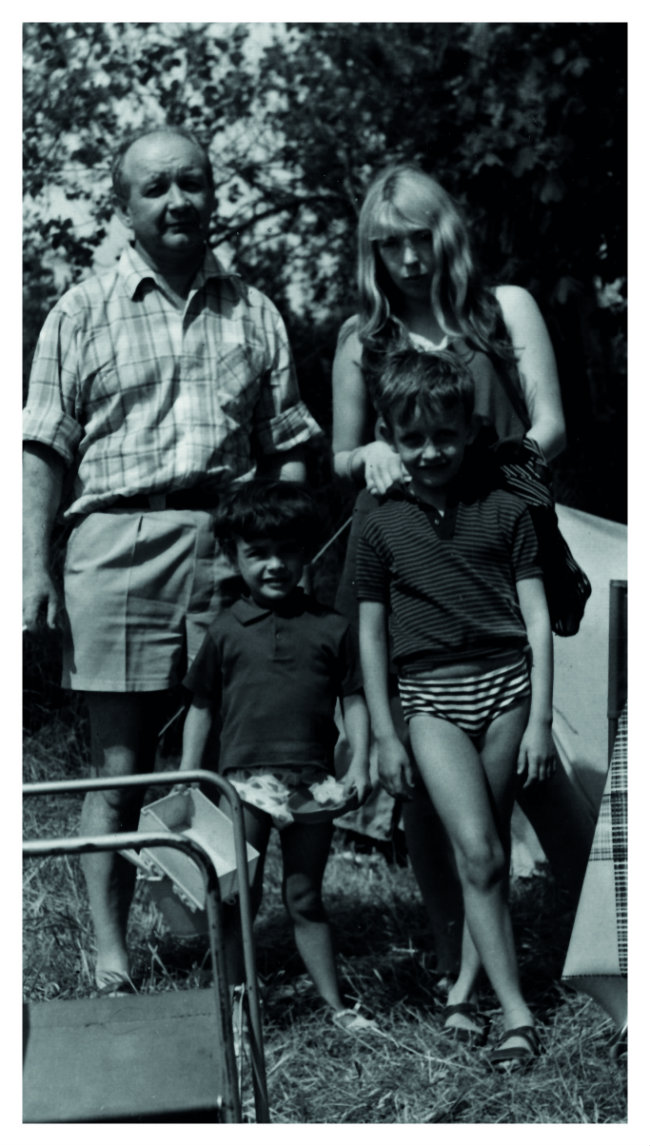
Photo: Marilyn Brouwer as an au pair
Then, of course, there is the Picasso Museum. Costing millions and way over schedule, the breathtaking beauty of the building inside and out is a testament to a restoration that was worth every penny.
The nearest I got to a Picasso exhibition in the late 1960s was a private gallery showing his incredibly rude – and very funny – cartoons.
Montmartre, Sacré-Coeur, Notre-Dame, the Eiffel Tower, the tiny streets of the Latin Quarter and St-Germain remain unchanged. The Seine, with its lumbering barges and Bateaux-Mouches, remains unchanged. Much has changed, but Paris is immutable, and now I’ve started, I can’t stop returning. Paris is mine again.
Next year I will actually meet Philippe in person. It’s hard to imagine he is no longer the small boy I used to take to the Punch and Judy shows in the Luxembourg Garden, but now a middle-aged man, an author just back from Aleppo researching the war in Syria. I won’t remind him about the suppositories.
From France Today magazine
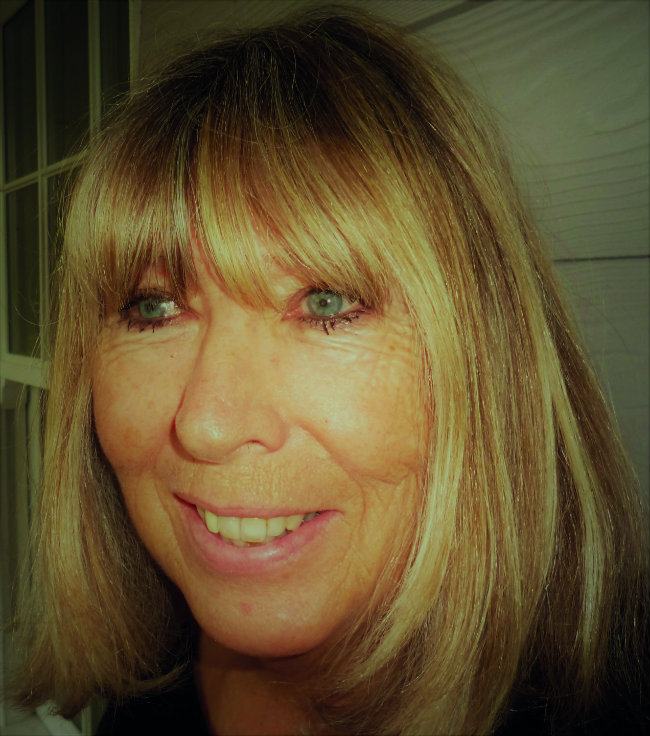
Marilyn Brouwer
Share to: Facebook Twitter LinkedIn Email
Leave a reply
Your email address will not be published. Required fields are marked *



